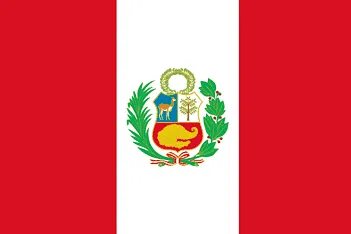All Countries
Payments in Different Countries
Payment preferences vary significantly from country to country, influenced by cultural habits, technological adoption, and financial infrastructure.
Payment Solutions for Countries
Businesses looking to operate internationally need to understand which payment gateways and payment methods are commonly used in each region. Providing familiar options at checkout helps to increase trust, improve conversion rates, and enhance the overall customer experience.
In some areas, traditional credit and debit cards remain dominant, while in others, digital wallets, bank transfers, or even cash-based systems are the preferred way to pay.
Matching Payment Systems to Local Markets
Selecting the right combination of payment gateways and methods is essential for successfully entering and operating in different countries. Factors like currency support, local banking partnerships, legal compliance, and consumer behavior all influence which solutions are most effective.
How Payment Methods Differ
Here are a few examples of how payment methods differ by country:
United States: Credit cards (Visa, Mastercard, American Express), PayPal, Apple Pay
Germany: SEPA direct debit, Giropay, Sofortüberweisung
Brazil: Boleto Bancário, Pix instant payments, national credit cards
India: UPI (Unified Payments Interface), Paytm, local card networks like Rupay
United Kingdom: Debit cards, PayPal, Open Banking transfers
China: Alipay, WeChat Pay, UnionPay cards
United Arab Emirates: Buy now, pay later services, regional debit and credit cards
Australia: POLi Payments, Afterpay, traditional bank cards
Understanding these local preferences allows businesses to tailor their payment strategy to the needs of each market, ensuring smoother transactions and stronger customer loyalty.








